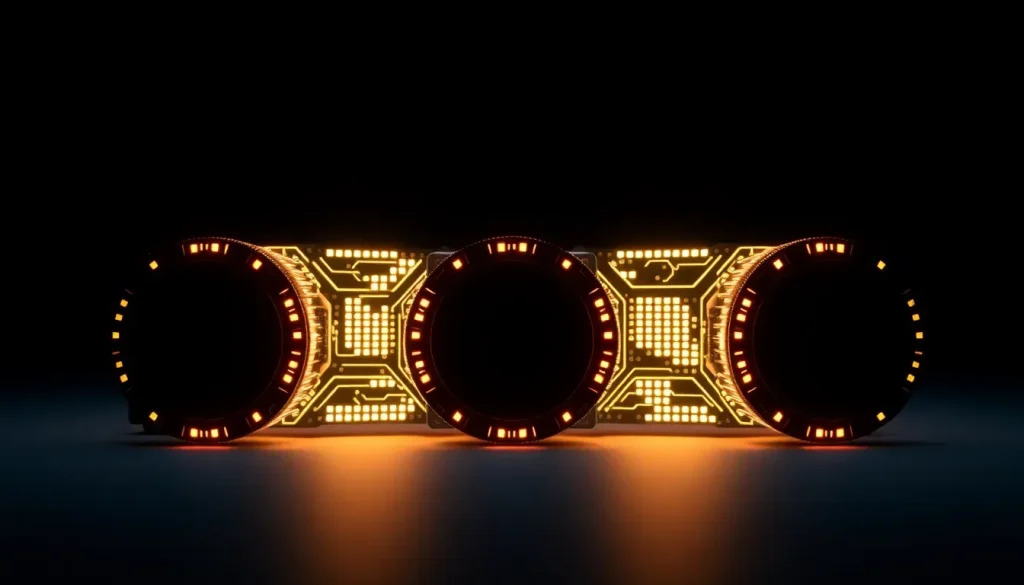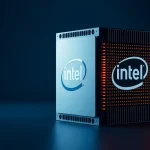Imagination Technologies Highlights AI GPU Benefits Over NVIDIA

In the ever-evolving landscape of artificial intelligence (AI) and graphics processing, the competition between tech giants is more intense than ever. With NVIDIA often leading the charge in AI hardware, other players like Imagination Technologies are making significant strides in the market. Recently, we had an insightful conversation with Kristof Beets, Vice President of Product Management at Imagination Technologies, to explore how their latest GPU offerings are positioned against incumbents like NVIDIA.
Imagination Technologies, known for its long history in GPU innovation and its previous collaborations with Apple, is now focusing on the growing need for GPUs that can efficiently handle AI workloads. This conversation highlighted the capabilities of Imagination's E-Series GPUs, which seek to provide robust performance not only for traditional graphics but also for AI processing tasks. Let's delve into the specifics of how Imagination is carving out its niche in this competitive arena.
What makes Imagination's E-Series GPUs suitable for AI processing?
The E-Series GPUs are designed with a dual focus on traditional graphics processing and AI workloads. According to Kristof, these GPUs can scale performance up to an impressive 200 trillion operations per second (TOPS) for INT8 and FP8 workloads, which are critical for edge AI computing applications. This capability allows for a wide range of applications, from AI PCs to high-performance tasks like neural network training and inference.
Kristof emphasized the importance of flexibility in GPU architecture. He noted that while dedicated accelerators can offer high efficiency, they often lack the versatility required for a rapidly changing market. Imagination’s approach combines the efficiency of traditional GPUs with the specific needs of AI processing, which often has different requirements, such as:
- Scalability: Ability to grow performance alongside evolving demands.
- Flexibility: Support for diverse workloads without being locked into a specific model.
- Efficiency: Optimized for power consumption while delivering high performance.
In contrast, Kristof pointed out that NVIDIA’s GPUs tend to dominate the market due to their established performance and flexibility. However, Imagination believes that their unique combination of graphics and AI capabilities can provide viable alternatives for developers seeking tailored solutions.
Understanding the synergy between graphics and AI processing
One of the key insights from our discussion was the synergy between graphics processing and AI workloads. Kristof explained how tile-based rendering, a technique commonly used in graphics, can also enhance AI processing efficiency. This method reduces memory usage by processing portions of the data in smaller "tiles," allowing for quicker execution.
In AI applications, developers can utilize similar tile-based approaches to improve data management. For instance, breaking down matrices into smaller chunks can lead to more efficient computational processes. These optimizations are critical for applications requiring rapid data processing and real-time performance, such as:
- AI-driven graphics rendering: Enhancing visual effects in gaming and simulations.
- Real-time data analysis: Quick processing of inputs from various AI sensors.
- Adaptive learning: Systems that modify their behavior based on processing outcomes.
Imagination's long history in the graphics space allows them to leverage existing technologies, such as tile-based rendering, to build more efficient AI processing capabilities into their GPUs.
Imagination's E-Series vs. NVIDIA: A performance comparison
During our conversation, Kristof pointed out that the performance metrics of GPUs often mask how well they actually perform in real-world applications. While NVIDIA touts impressive TOPS and gigaflops, Kristof raised a critical question: how many of those metrics translate into actual performance in AI tasks? He elaborated that the efficiency of Imagination's E-Series GPUs allows them to convert theoretical performance into usable power effectively, enhancing frame rates and performance density.
Some advantages of the E-Series that Kristof noted include:
- Utilization efficiency: Imagination's architecture allows for better utilization of available processing power.
- Scalability: Designed to handle a wider array of tasks, making it suitable for various applications.
- Customization: Customers can tailor the features of their GPUs to fit specific application needs, in contrast to NVIDIA’s more rigid product offerings.
This level of customization is a significant differentiator for Imagination Technologies, allowing them to cater to specific customer requirements, especially in niche markets like automotive and mobile applications.
Challenges and opportunities in the AI GPU market
The AI GPU market is becoming increasingly competitive, with giants like NVIDIA and newer players carving out their niches. Kristof acknowledged that while NVIDIA has made impressive strides in the AI space, their focus on proprietary hardware sometimes limits flexibility. On the other hand, Imagination’s focus on IP licensing allows customers to build tailored solutions suited to their unique requirements.
Some of the challenges facing players in this market include:
- Rapid technological advancement: Keeping pace with the speed of innovation in AI and processing technologies.
- Market fragmentation: Navigating diverse programming models and frameworks can complicate access for developers.
- Cost constraints: Balancing performance with affordability remains a constant challenge.
Despite these challenges, the opportunities for growth are significant, particularly in sectors like automotive, mobile, and cloud computing. Imagination's commitment to flexibility and customization positions them well to meet the evolving demands of these markets.
Future perspectives on AI and GPU technology
Looking ahead, Kristof expressed optimism about the future of AI and GPU technologies. He noted that as AI becomes more integrated into everyday applications, the demand for efficient processing will only increase. Imagination's focus on developing versatile, powerful GPUs places them in a strong position to capitalize on this growth.
As AI applications continue to proliferate across industries, the need for GPUs that can seamlessly handle both graphics and AI workloads will become paramount. Kristof highlighted that the E-Series GPUs are designed not only with current demands in mind but also with future capabilities, ensuring that they remain relevant in a rapidly changing landscape.
In conclusion, the conversation with Kristof Beets provided valuable insights into how Imagination Technologies is positioning itself in the competitive AI GPU market. With an emphasis on scalability, efficiency, and customization, the E-Series GPUs represent a compelling option for developers looking to harness the power of AI while maintaining flexibility in their hardware choices.
For more insights on the evolving landscape of AI and GPU technologies, you can watch this informative video on the topic:




Leave a Reply